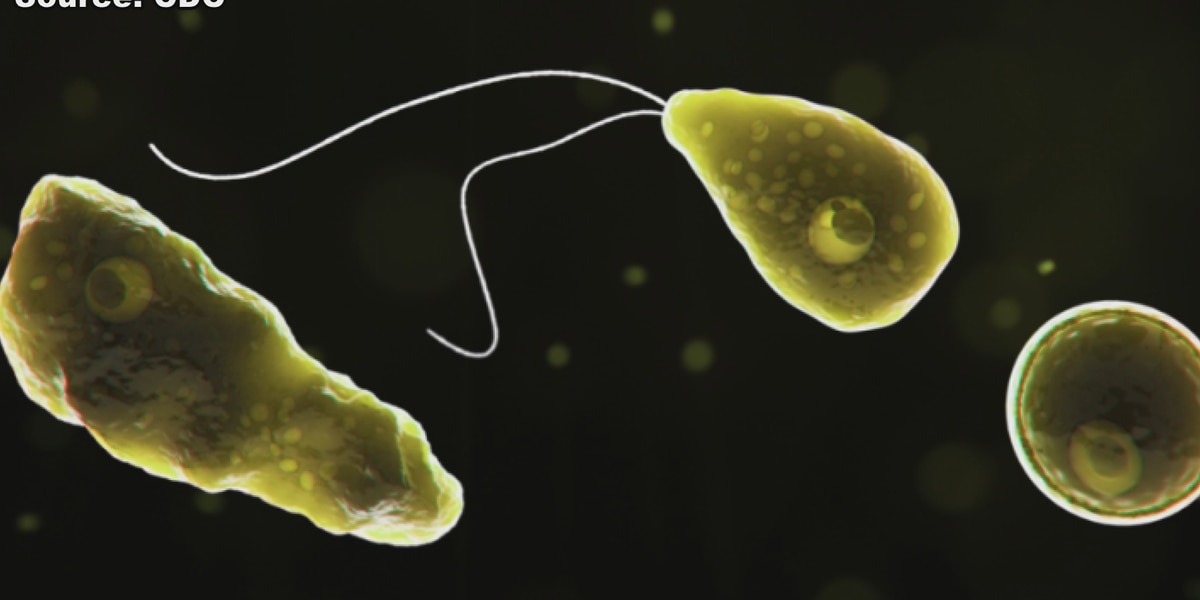Infection
Doctors concerned brain eating amoeba infection could increase due to warmer water temperatures
PHOENIX (3TV/CBS 5) — While very rare, some scientists predict brain-eating amoeba cases could grow since we’ve had record heat and water temperatures are increasing.
They can enter the body through the nose and travel to the brain, resulting in an infection. While cases are limited over the years, there have been multiple right here in Arizona at lake pleasant and lake mead.
Most recently in Nevada, a child died because of the disease. Brain-eating amoeba is a microscopic parasite found in warm, fresh bodies of water like hot springs or lakes. You can’t get it by accidentally swallowing the water or through a cut. The only way to get infected is by getting it far up your nose through diving or cannonballing into a lake.
Though infection is rare, the disease has a 97% fatality rate since symptoms are common at first. Only when the disease is late-stage does it progress to more severe illness like hallucinations and seizures that it’s usually diagnosed. Usually, by that point, it’s too late to treat the disease effectively. There are only about 10 cases per year. But experts say because the amoebas live in warm, fresh bodies of water, they expect to see that number increase with rising temperatures.
“This is definitely a concern, as are a lot of other infectious diseases. We are probably going to see a change in trends because of the climate changing and the temperatures rising. So there is a lot of concern in the infectious disease community about a lot of different infections, including amoebic infections becoming more common as the climate is warming,” said Dr. Wassim Ballan, an infectious disease specialist at Phoenix Children’s Hospital.
He also says if you notice your child feeling unwell after a day of swimming, getting them checked out is the right choice. Early symptoms usually start five days after infection. They include sudden fever, headache, and stiff neck. Because the amoebas can only be deadly by entering through the nose, doctors recommend you not jump or dive into the water and instead hold your nose or wear nose clips. Or better yet, keep your head above water.
Digging in shallow water is also not advised since it stirs up the sediment where they live. It’s important to note there haven’t been any recent cases at Saguaro Lake. Since they started tracking the disease in 1962, there have been only 160 reported cases, so it’s infrequent. Still, Dr. Ballan says it isn’t worth the risk when prevention is so easy.
See a spelling or grammatical error in our story? Please click here to report it.
Do you have a photo or video of a breaking news story? Send it to us here with a brief description.
Copyright 2023 KTVK/KPHO. All rights reserved.

